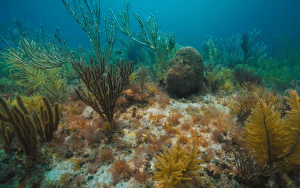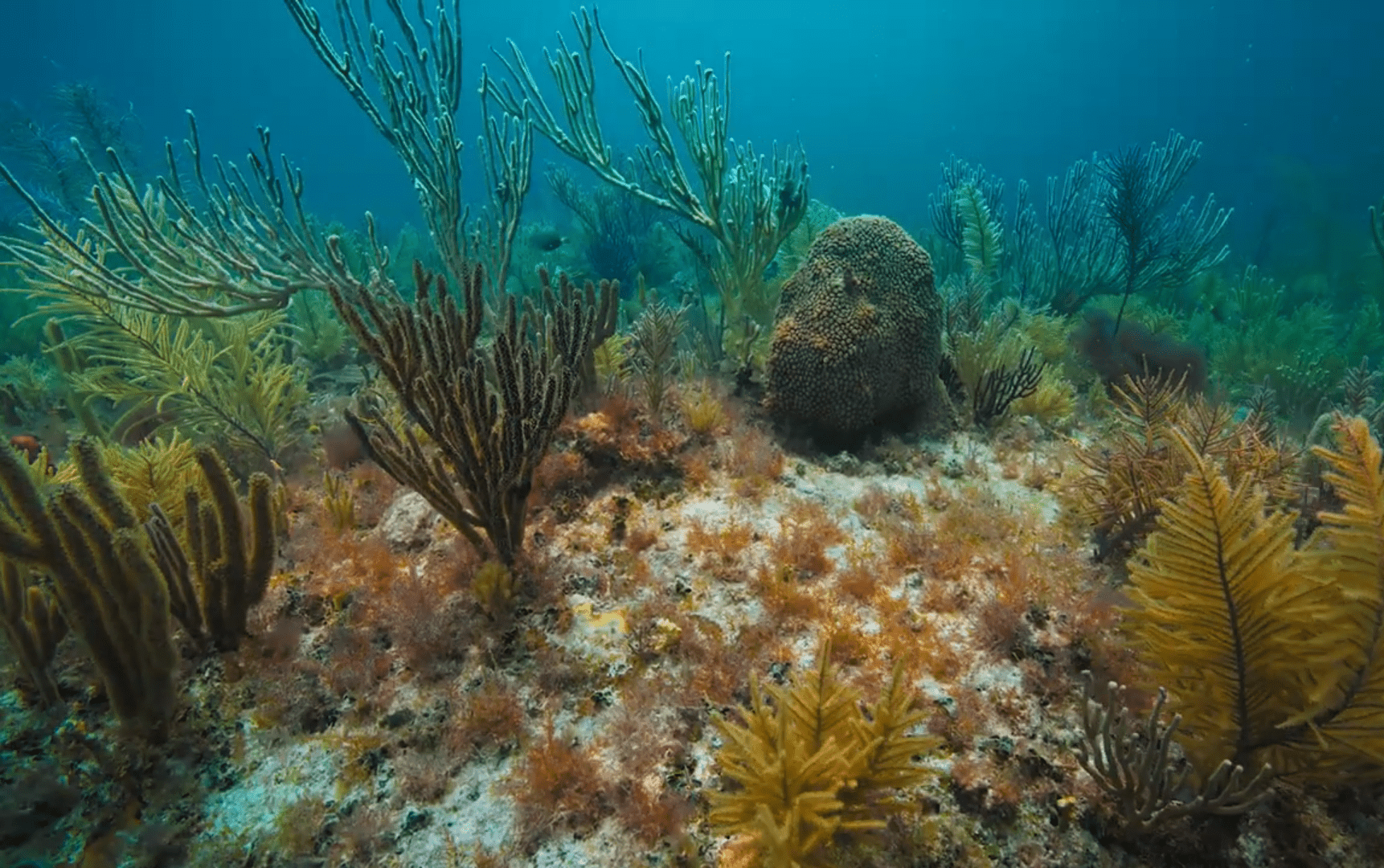An article published in the Journal Nature has found that photosynthetic corals not only host their symbiotic algae, they feed directly on it too, and importantly, it is how they uptake Nitrogen and Phosphorus. The paper titled “Reef-building corals farm and feed on their photosynthetic symbionts” has been written by a team of researchers to […]

